The architectural world has long been defined by rigid traditions, where expertise was confined within the walls of prestigious institutions, accessible only to a select few. But in the digital age, those barriers are crumbling, thanks to visionaries like Hamid Hassanzadeh. As the founder of PAACADEMY, he is leading a quiet revolution—one that is democratizing computational design, artificial intelligence (AI), and digital fabrication for architects worldwide.
A Disruptor in Architectural Education
Hamid Hassanzadeh’s journey is one of persistence, self-learning, and reinvention. Born in Iran, he pursued a bachelor’s degree in architecture from 2008 to 2012, eventually stepping into the professional world as an architect. Between 2011 and 2020, he worked across multiple firms, navigating the realities of the industry while nurturing an unshakable curiosity for computational design and parametric modeling. It was during this period, in 2015, that he began to see the inefficiencies in conventional design workflows and the untapped potential of digital tools. His realization was simple but profound: architecture was evolving, but too many professionals were being left behind.

Breaking Free from the Traditional Path
Unlike many of his peers, who accepted the limitations of outdated design processes, Hassanzadeh became obsessed with learning new tools—from parametric modeling with Grasshopper to AI-driven workflows that could transform the way architects approached form and function. But there was a problem: there were very few accessible resources for architects to master these technologies, and traditional institutions were failing to provide meaningful education on the subject.
Determined to bridge this gap, he took matters into his own hands. In March 2016, while still working full-time as an architect, he launched Parametric Architecture—not as a business, but as a passion project. Initially an Instagram page, it started as a curated space for sharing knowledge, projects, and ideas about computational and parametric design. For four years, he ran it entirely for free, spending nights and weekends engaging with the global architecture community, fueling discussions, and introducing designers to the digital future of architecture.
But turning passion into a profession wasn’t immediate. Until 2020, there was no income from Parametric Architecture—no business model, no funding, just a relentless pursuit of knowledge sharing and opening discussions about parametric design and computational tools in the AEC industry.
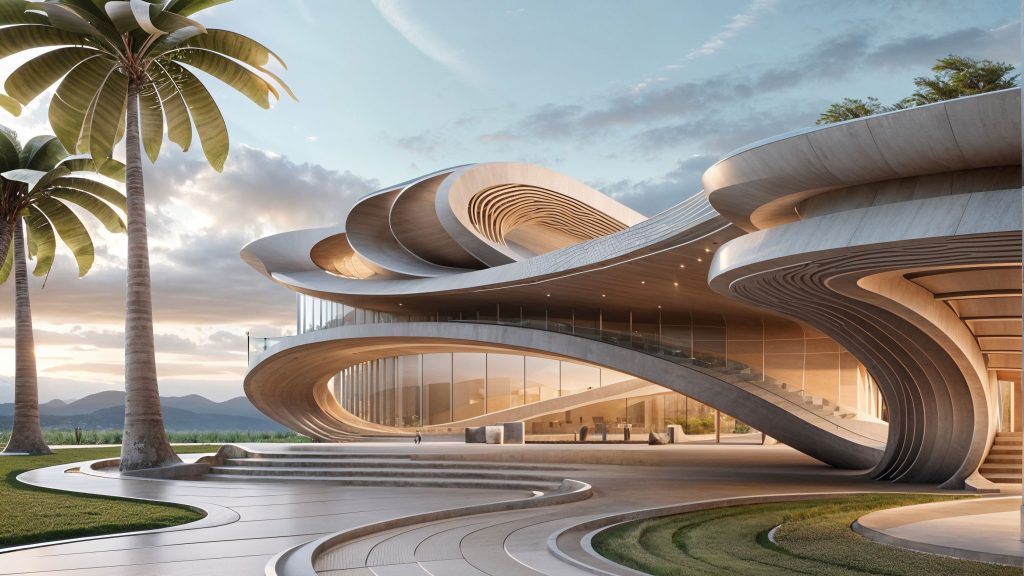
A Forced Leap Into Entrepreneurship
In March 2020, at the height of the pandemic, Hamid Hassanzadeh’s journey took an unexpected turn—one that would define the next chapter of his career. Despite years of dedication to both his professional work and his online community, his employer demanded an unfair deal: a 50% stake in Parametric Architecture at no cost, without any investment. When Hassanzadeh refused, he was fired.
For many, losing a job during such an uncertain time would have been devastating. But for him, it was the push he needed to go all in on his vision. Instead of searching for another position in an industry resistant to change, he saw an opportunity to build something far greater—a global learning hub for computational design. And thus, PAACADEMY was born.
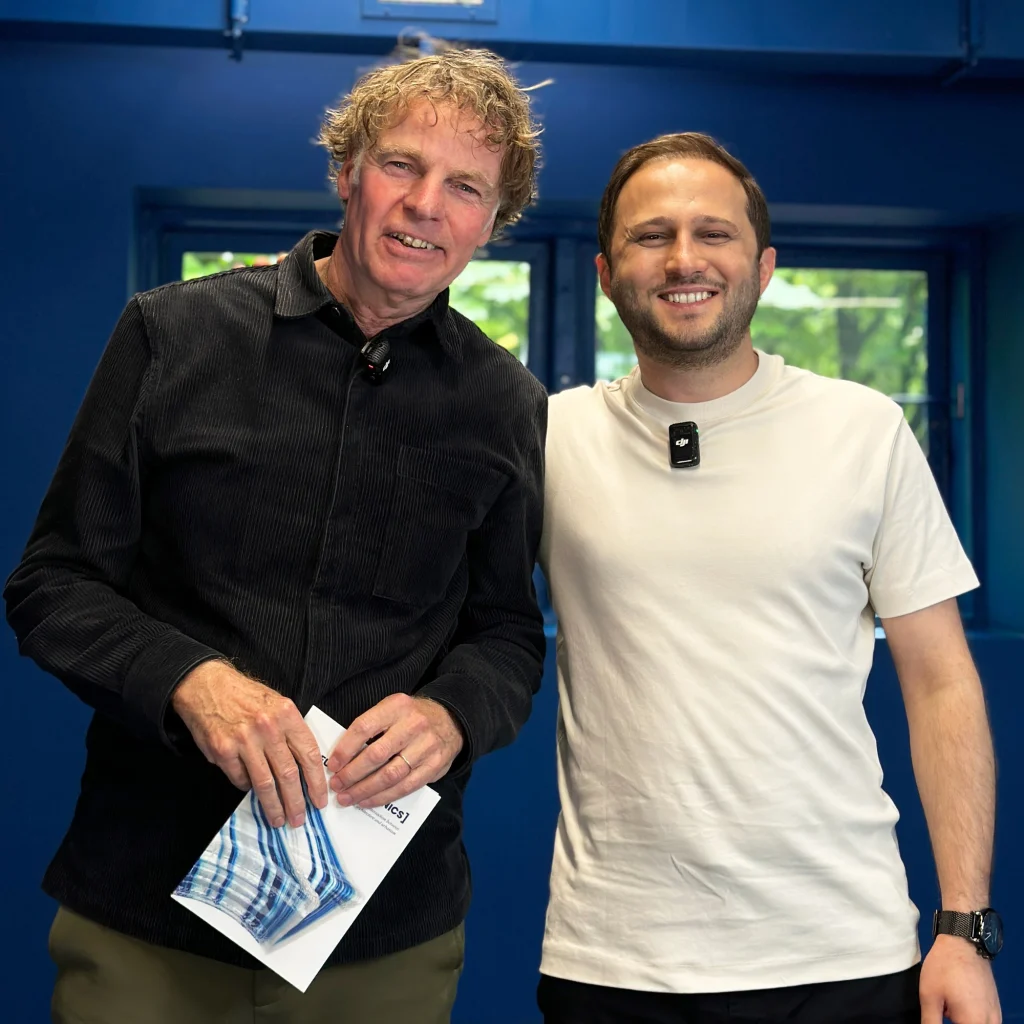
The Rise of PAACADEMY: A Digital Renaissance for Designers
What started as a response to a personal setback quickly evolved into an educational revolution. PAACADEMY was designed to fill the knowledge gap that traditional architectural education had long ignored. By offering accessible, high-quality learning experiences, Hamid Hassanzadeh aimed to equip architects and designers worldwide with the skills they needed to thrive in a technology-driven future.
Today, PAACADEMY is an international learning community with over 15,000 active users per month. Architects, engineers, and designers from renowned firms like Zaha Hadid Architects, Foster + Partners, and Bjarke Ingels Group, alongside students from Harvard GSD, MIT, and Sci-Arc, turn to PAACADEMY for forward-thinking education.
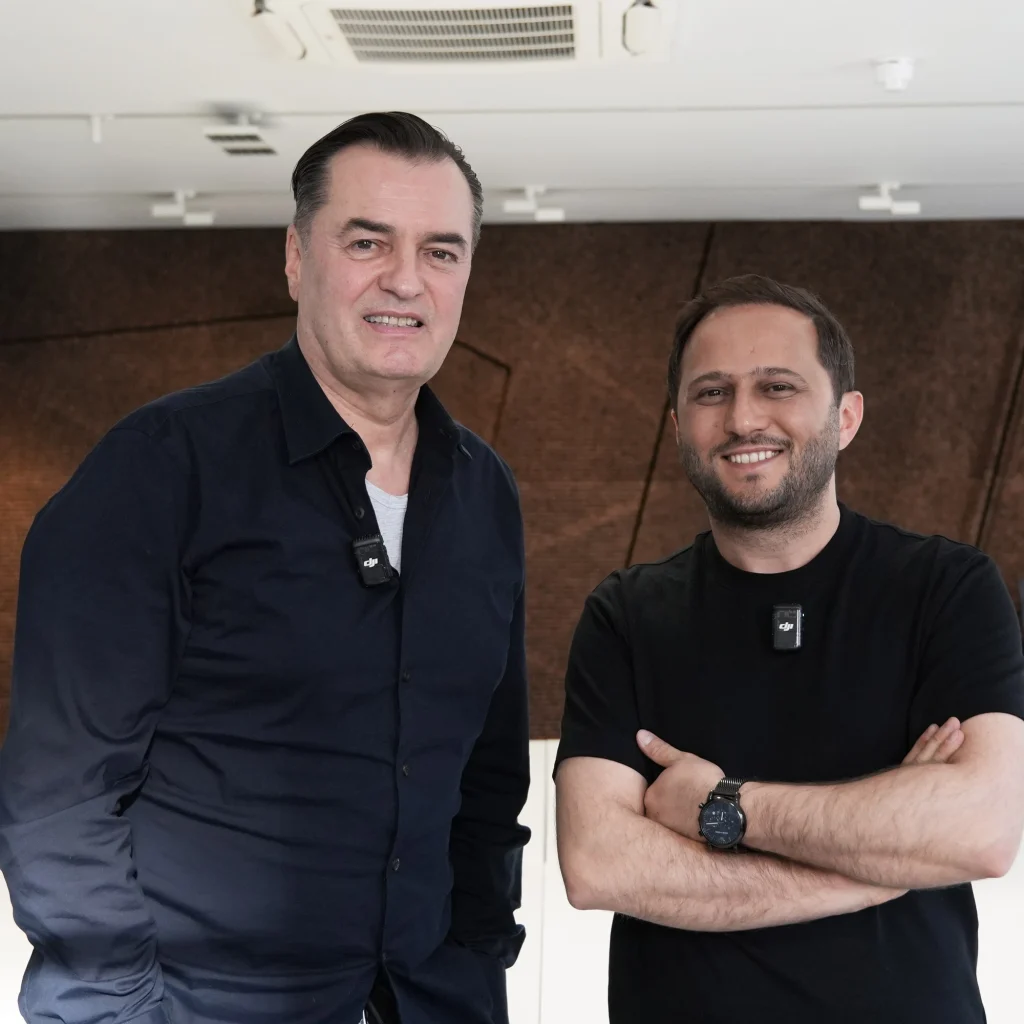
But PAACADEMY isn’t just about learning new software—it’s about reshaping the very way architecture is conceived. Its programs emphasize:
- Computational and Parametric Design – Teaching designers to think algorithmically, optimize structures, and harness the power of rule-based modeling.
- AI-Driven Workflows – Exploring how machine learning can generate, optimize, and automate architectural forms.
- Digital Fabrication & 3D Printing – Redefining construction with robotic production and additive manufacturing.
- The Metaverse & Virtual Reality – Enabling architects to create immersive, interactive spaces beyond the physical world.
- Data-Driven Optimization – Teaching designers to analyze, simulate, and refine architectural solutions for performance and sustainability.
By focusing on hands-on, real-world applications, PAACADEMY ensures that professionals can seamlessly integrate these tools into their practice without stepping away from their careers.
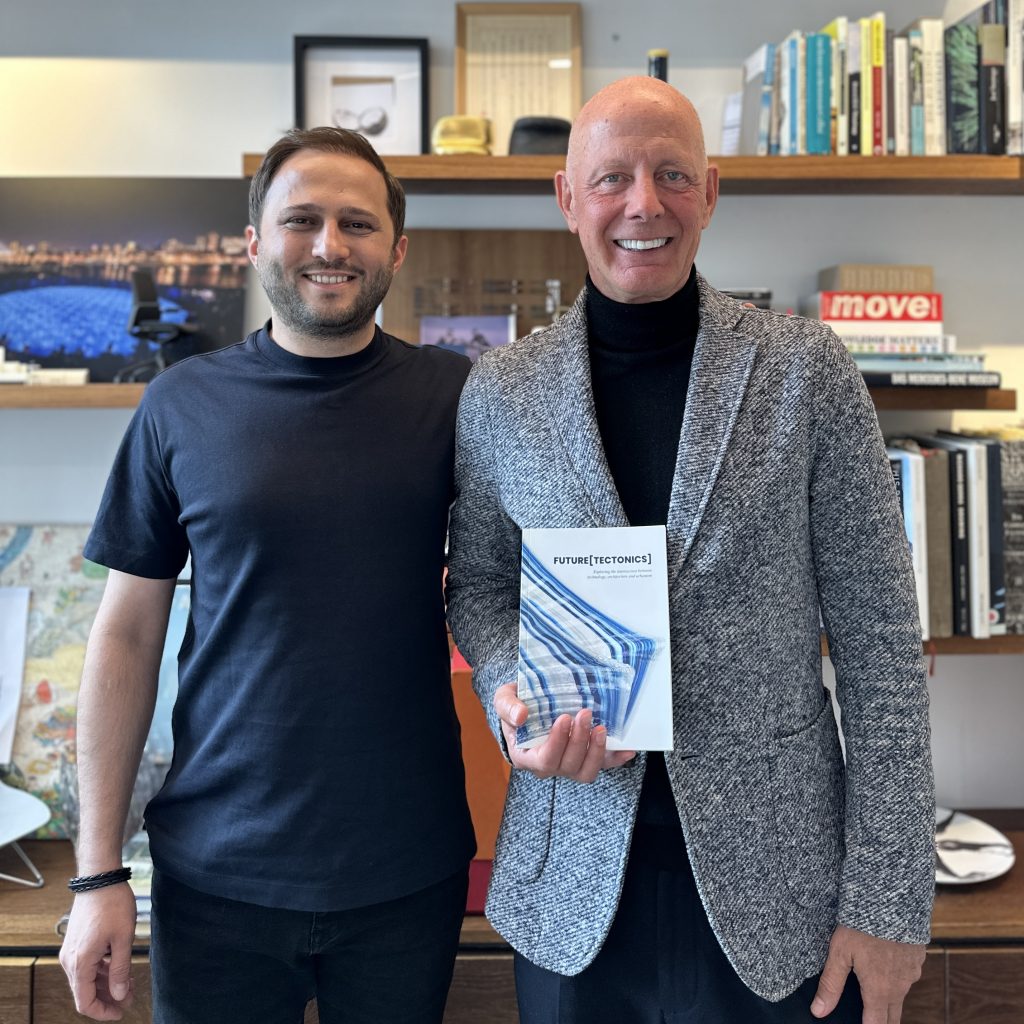
A Challenge to the Industry: Evolve or Be Left Behind
The architecture industry is at a turning point. While sectors like automotive and aerospace have embraced AI, automation, and parametric workflows, architecture remains notoriously slow to adapt. The reliance on traditional design methodologies, coupled with the inertia of large institutions, has left many architects ill-prepared for the technological renaissance unfolding before them.
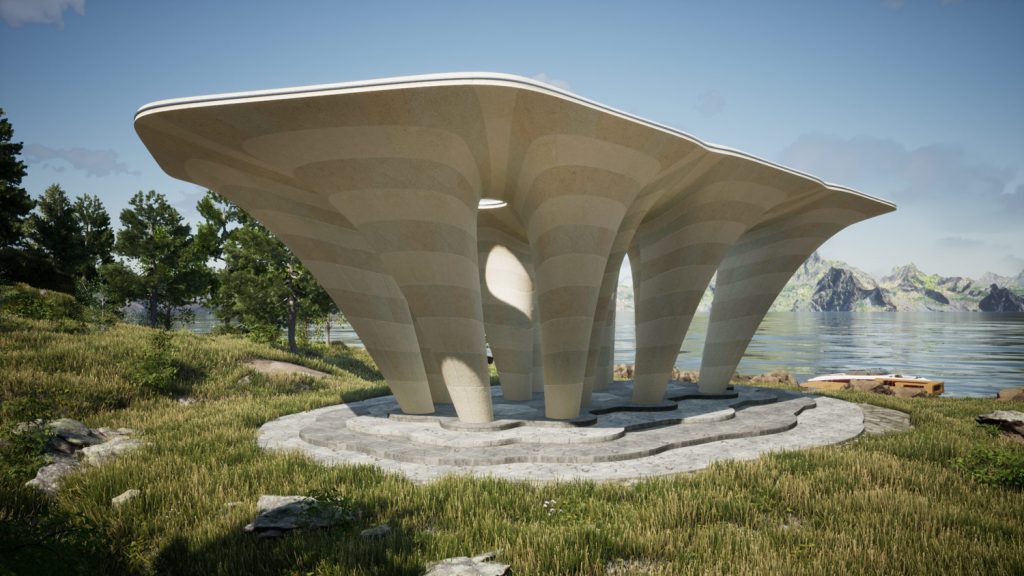
Hamid Hassanzadeh sees this lag as both a challenge and an opportunity. “Architects who fail to adopt AI and computational thinking will find themselves obsolete in the next decade,” he warns. But for those who embrace innovation, the possibilities are endless. Generative AI is revolutionizing early-stage design, digital twins are optimizing building performance, and robotic fabrication is pushing the boundaries of material efficiency.
The tools are here; the industry just needs to catch up.
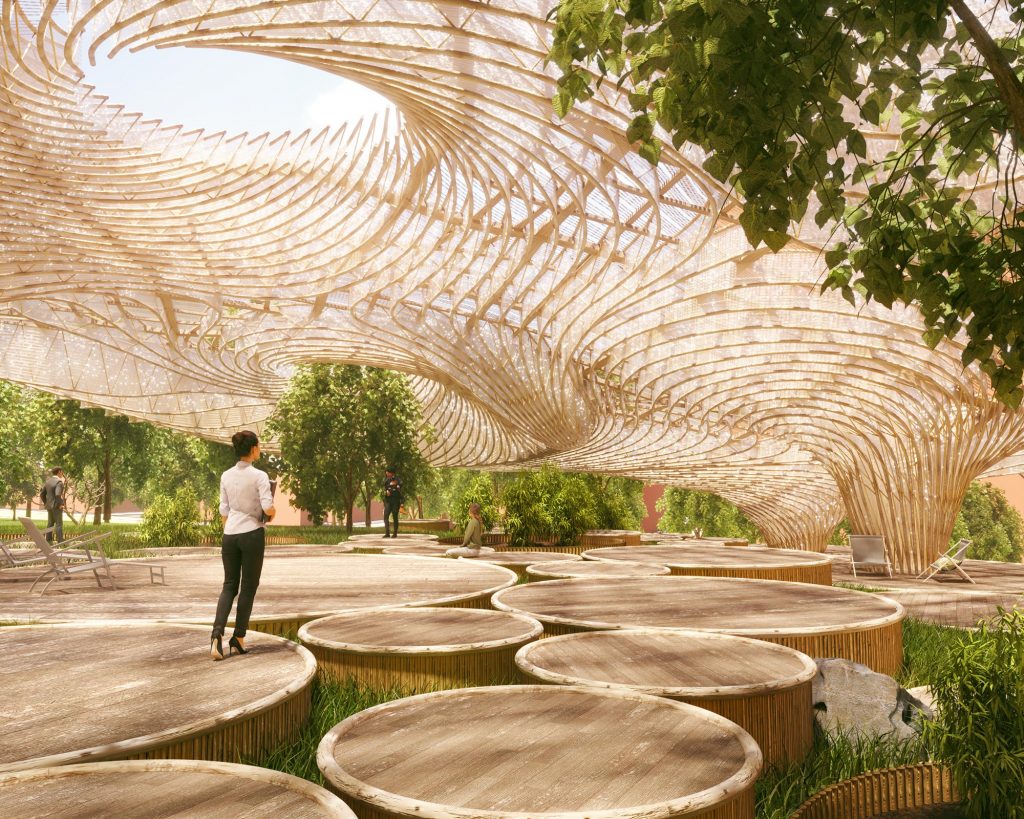
The Future: Where Education and Innovation Converge
Looking ahead, Hamid Hassanzadeh envisions PAACADEMY as more than just an online learning platform; he sees it as a movement that challenges the status quo. The rapid advancements in AI, computational creativity, and digital fabrication demand a new kind of architect—one who is not just a designer but a technologist, strategist, and innovator.
PAACADEMY continues to evolve, offering new programs that bridge the gap between academia and practice. It is a place where aspiring designers and seasoned professionals alike can future-proof their skills and redefine what’s possible in architecture.
The future of design education is no longer confined to lecture halls. It is happening now, in real time, on platforms like PAACADEMY. As the architecture industry grapples with the digital transformation ahead, one thing is certain, Hamid Hassanzadeh is already building the roadmap to the future.







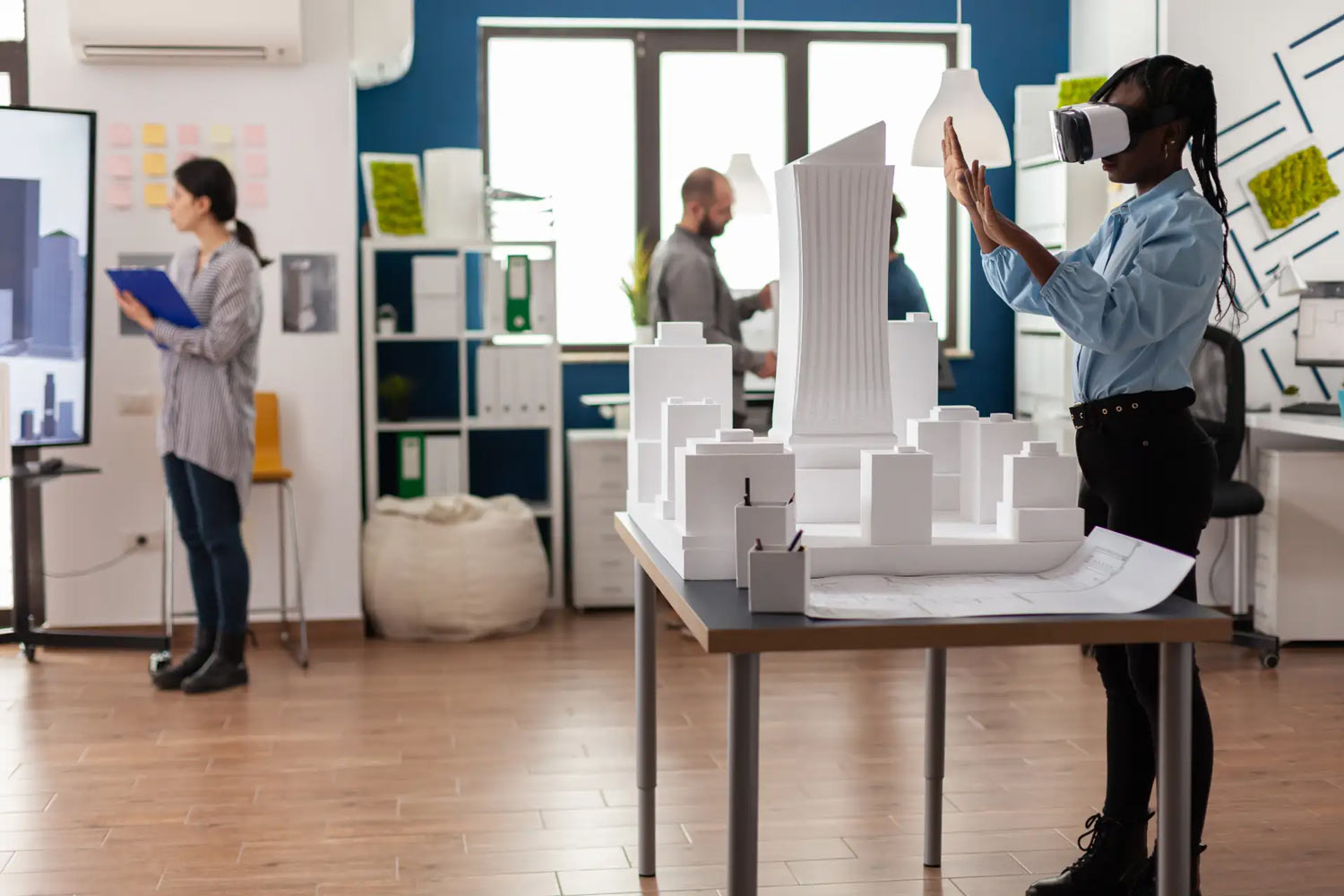






Leave a comment